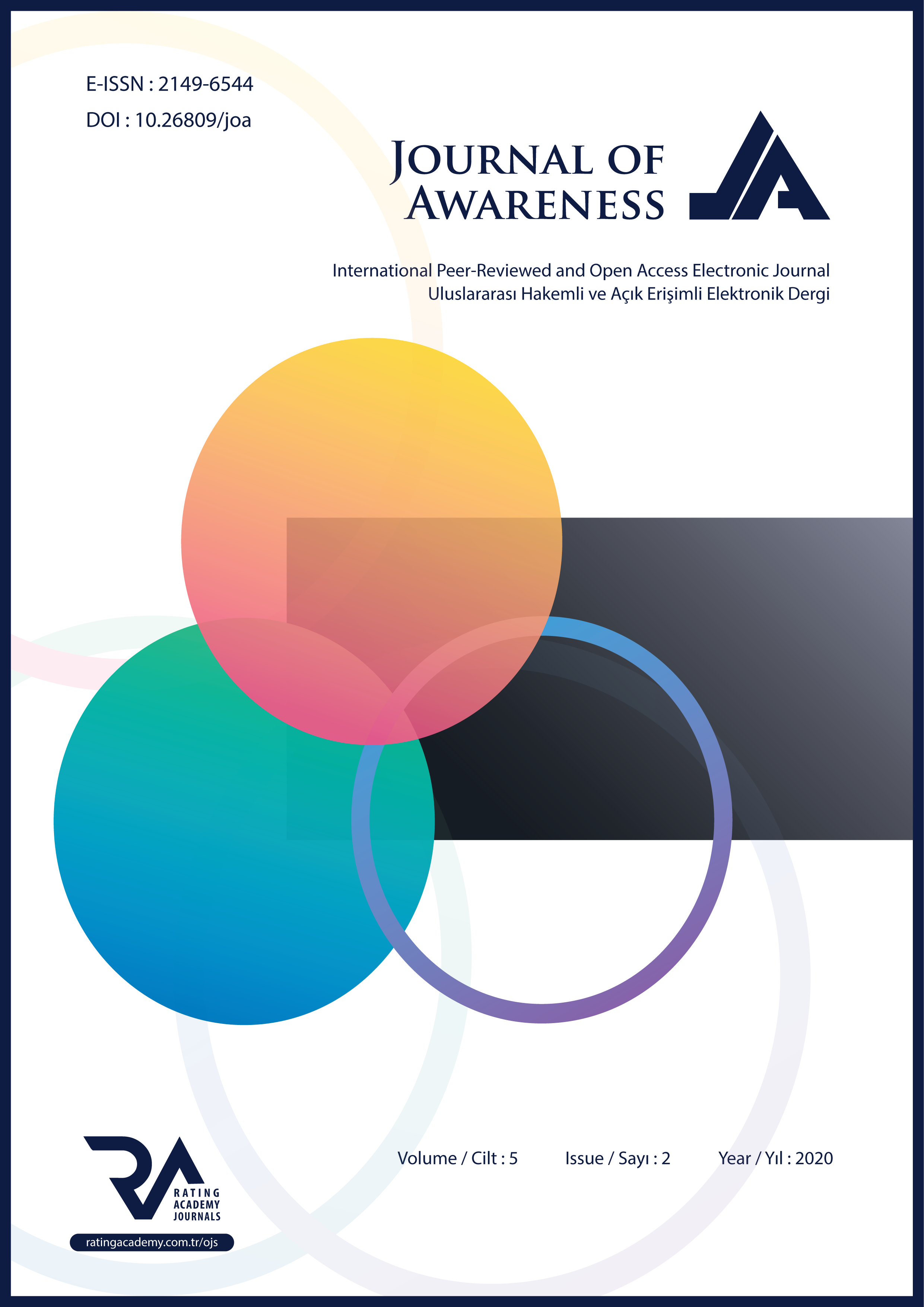ECONOMIC ASPECTS OF THE CITY OF PRIZREN XIII – XV CENTURY
ECONOMIC ASPECTS OF THE CITY OF PRIZREN XIII – XV CENTURY
Author(s): Bedri MuhadriSubject(s): Economic history, Local History / Microhistory, 13th to 14th Centuries, 15th Century
Published by: Rating Academy
Keywords: Prizren; “Via de Zenta”; Monastery of Saints Mihail and Gabriel in Prizren; Hilandar Monastery; States Archives of Dubrovnik; Honey; Wax; Silk; Mining; Nicho de Baraba; Marthol de Sorgo;
Summary/Abstract: Prizren during the c. XIII-XV was a developed economic center. This development was made possible thanks to several factors: Prizren was an important center of medieval roads for the region; In Prizren, the Ragusan consulate (1332) was opened as a requirement for the development of more successful business activities. Thus Prizren in the 13th-15th century was a city of traders and trade exchanges. Traders in defense of their own interests created their own associations, such as shoemakers in Prizren. Commercial products came from the most developed countries, such as Venice, Naples, Ragusa, Constantinople etc. Traders operating in Prizren, besides importing economic products, they also exported numerous products such as cereals, barley, fern, silk, honey, etc; As well as mining products such as: lead, zinc, and gold-plated silver, known as silver (galam). The sources speak for a large number of traders, as well as for large monetary circulation through the form of lending and debiting. Among many foreign merchants, there were also distinguished prizrenas merchants, who either come as debtors or creditors, where Bogdan Chirisma. In the 13th-15th centuries, besides trade developments, in Prizren and the surrounding area, agricultural and livestock activities have also been successfully developed. This development is evidenced by numerous sources such as: The Monastery of St Archangel 1348, which included 93 villages; Deçan Monastery Charter 1335. From the development of agriculture, the sources speak of successful aspects of viticulture, grain, barley, flax. The sources also speak for beekeeping, silkworm, etc.
Journal: Journal of Awareness (JoA)
- Issue Year: 5/2020
- Issue No: 2
- Page Range: 147-158
- Page Count: 12
- Language: English

